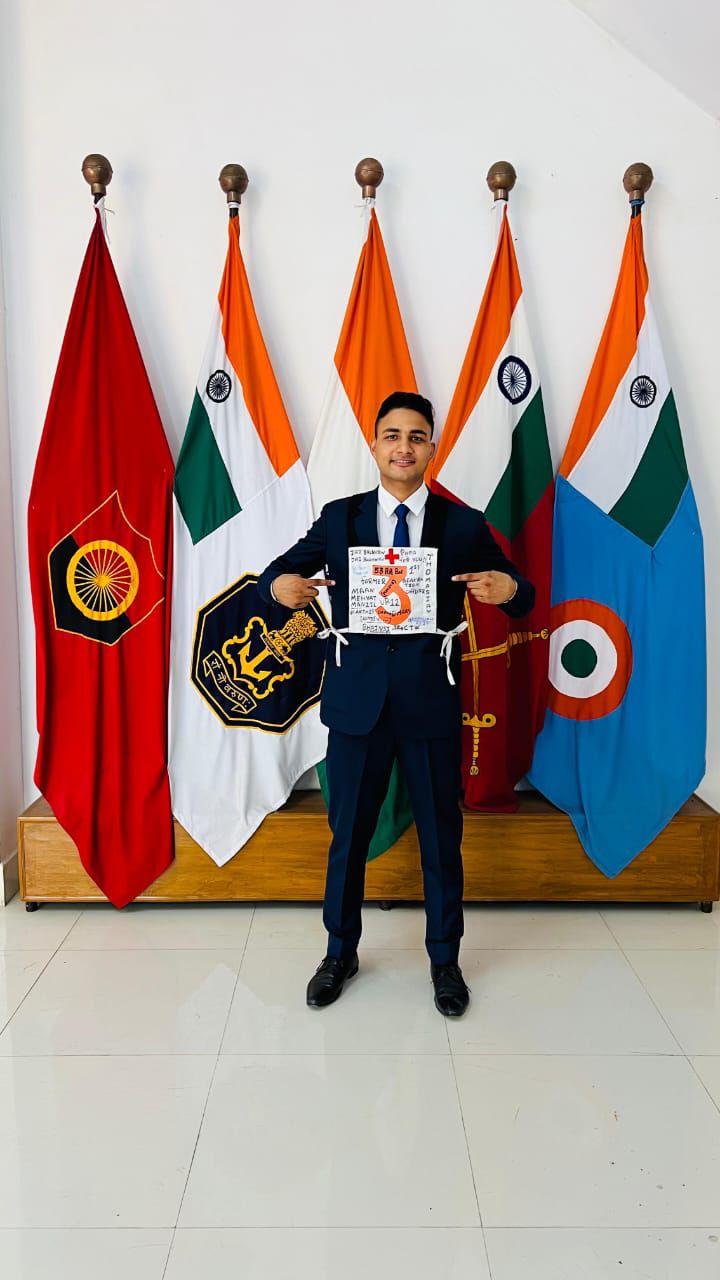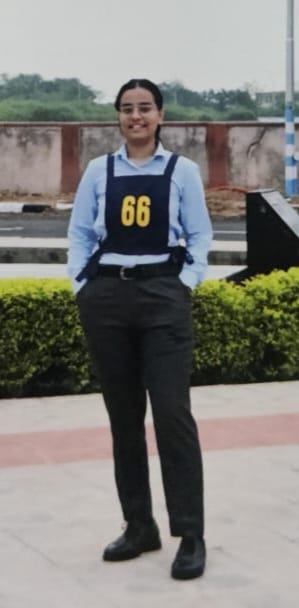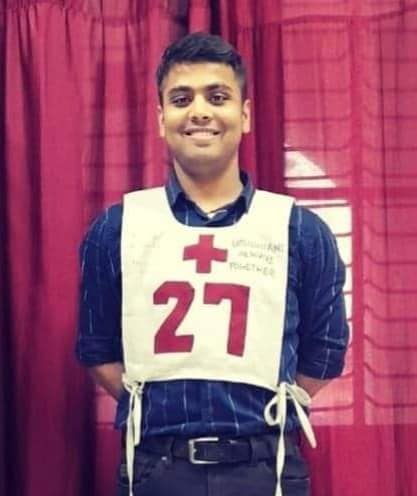Image Source : Google (War Elephants)
Military as a concept is known to all but lesser is known about its origin. Military, as a word, was first used in the year 1582. The term military comes from both French ‘militaire’ or Latin ‘militaris’. Both these foreign terms relate to the concept of a country’s armed force. However, there are things other than the armed forces that makes up a country’s military. This particular article is aimed at tracing the military history of India from past to present.
1. Indus Valley Civilization
A civilisation flourished in the northern region of the Indian subcontinent between c. 3300-c. 1300 BCE. Its name is derived from the river ‘Indus’ that flows in the valley. This civilisation is also called the Harrapan civilisation.
When the excavation of the old lost town begun, thick and tall structures were found. Among the oldest sites in the world, Banavali was where the moats were first discovered. A moat is basically a deep and a broad ditch, which can either be dry or filled with water. It is dug around the castle or the whole town to provide it with a preliminary line of defence. A moat makes access to the castle even more difficult barring the enemy to reach it.
Another kind of defence mechanism found in forts were the round and square shaped “Bastions” with a citadel constructed at an elevated height. A bastion is a projecting part of a fortification built, so as to allow defensive fire in several directions.
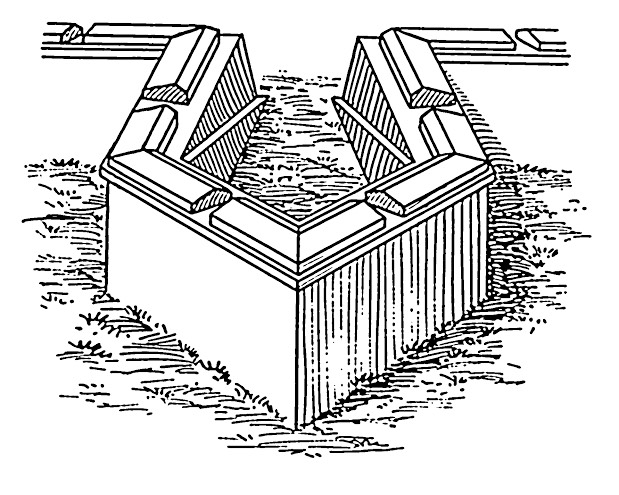
Image Source : Google (Bastion)
Most of the defence was done through building huge and tall walls around the castle to protect it from the enemy. Both Mohenjo-Daro and Dholavira were structured with thick and tall walls of around 7.5 meters made of burnt bricks and solid mud bricks.
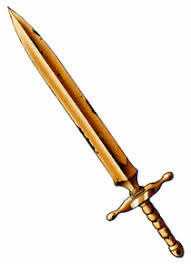
Image Source : Google (Copper Sword)
An excavation at Sinauli, which is now the western Uttar Pradesh, yielded several copper swords, helmets and chariots dating back to 2000 BC. This immediately throws light on the fact that there were war class people existing in the earliest of times.
An excavation at Shortugai, Afghanistan unearthed an Indus seal depicting a soldier firing using a bow, indicating that the people at the Sindhu valley were already familiar with the concept of bow and arrow even before it was mentioned in the Hindu scriptures.
2. Vedic Period
The Military history of the Vedic times of Indo-Aryans were primarily about the battle between kingdoms which were led by the king. The idea was to either conquer the kingdoms of one another or occupy the area of the fellow tribesmen. The weapons used in such battles were made of the bronze metal. The war was fought using chariots that were drawn by the horses. It has also been described in the Rigveda that such chariots were perhaps first used in this time. Substantial assets obtained during cattle raids (act of stealing a cattle) or battles, went to the king or to the chief of the tribe. The warrior clan in the Vedic period was practiced and dominated by the Kshatriya varna. Most famous kings and warriors came from this particular varna.
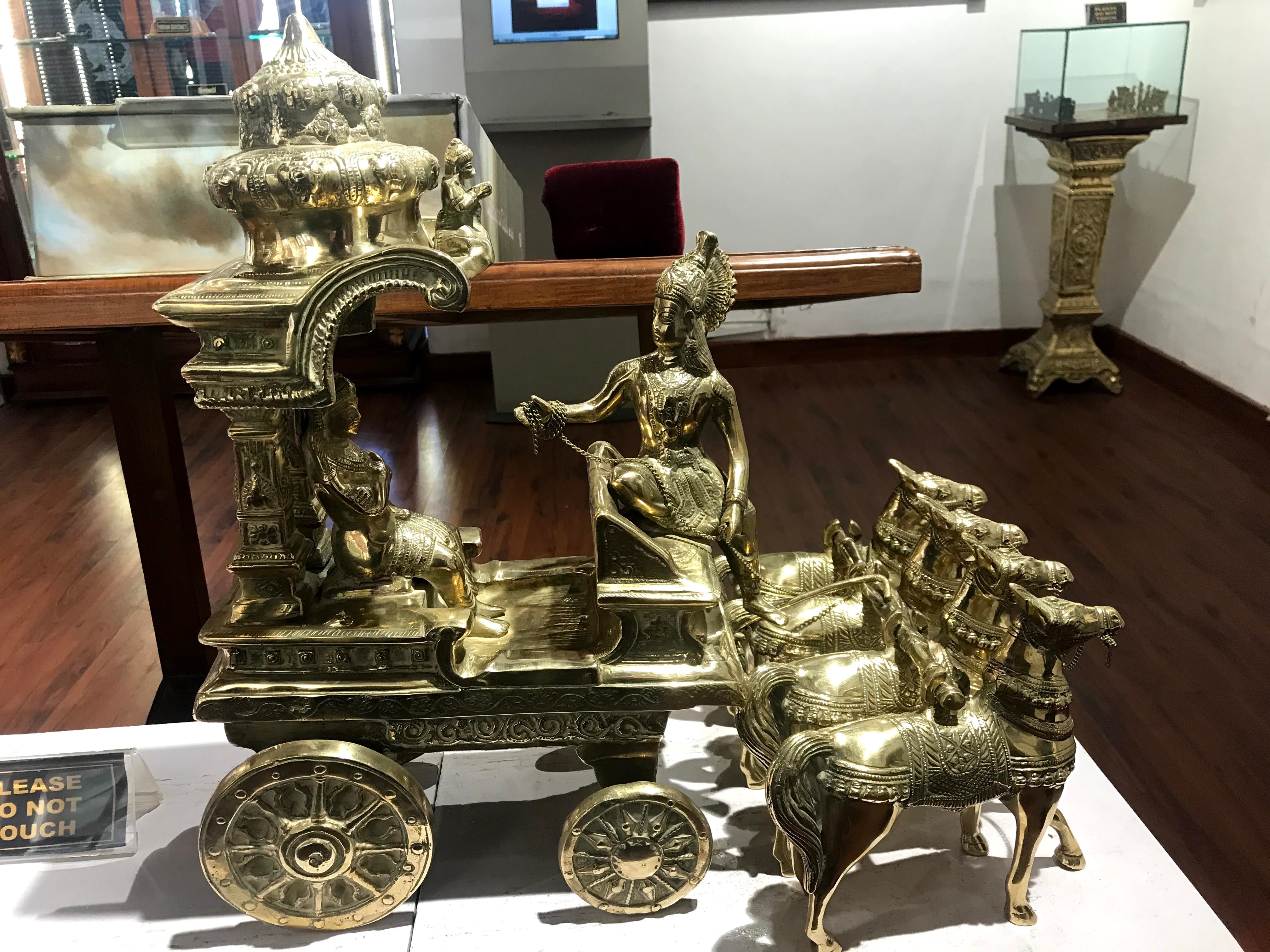
Image Source : Army Museum, Shimla ( A Scene of Mahabharata )
There is reference to the earliest form of armies in Vedas. (ca. 1100–500 BC) In this particular period, formation and training of war elephants for combat took place. Elephant sword, also known as tusk swords, were used on them during warfare. Elephant swords are basically, pairs of blades specially designed to be attached to their tusks. Both Ramayana and Mahabharata speak of the usage of chariots, war elephants etc.

Image Source : Google(Elephant Sword)
3. Magadha Dynasty and the Mauryan Empire
Specific Jain texts tell us the usage of two weapons in Magadha Dynasty by King Bimbisara. The first one is catapults which is a ballistic device that runs without the gunpowder. Second is a covered chariot as opposed to an uncovered one, with a swinging mace. It has been compared with the modern-day tanks.

Image Source : Google(Catapults)
During the Mauryan Empire, Chandragupta Maurya, who has been regarded as one of the greatest kings had conquered much of the Indian subcontinent. Infantry at that time was most commonly armed with a longbow made of bamboo and a broad sword. Other foot soldiers could be armed with a spear or javelins. Cavalry mostly carried spears. By this time the army started to mount the elephants and started using them so as to cover a long distance. With the advent of new modes of transportation, chariots started to decline but somehow managed to remain in the pages of the history.
Glancing at the earliest of eras, one cannot simply ignore the fact that the concept of military and warfare was never alien to us. Somehow it came naturally to all of us when mankind stopped moving from place to place as nomads and decided to settle down. From this point, the concept of property and safeguarding also came into existence.






